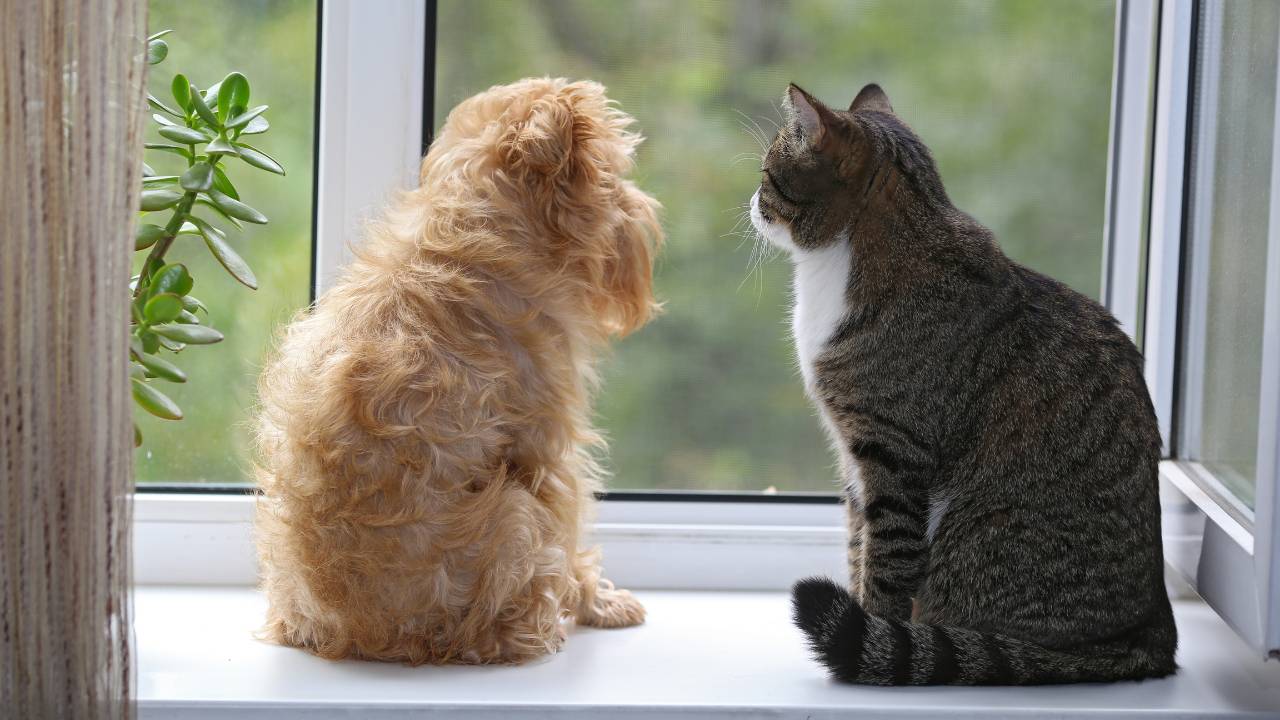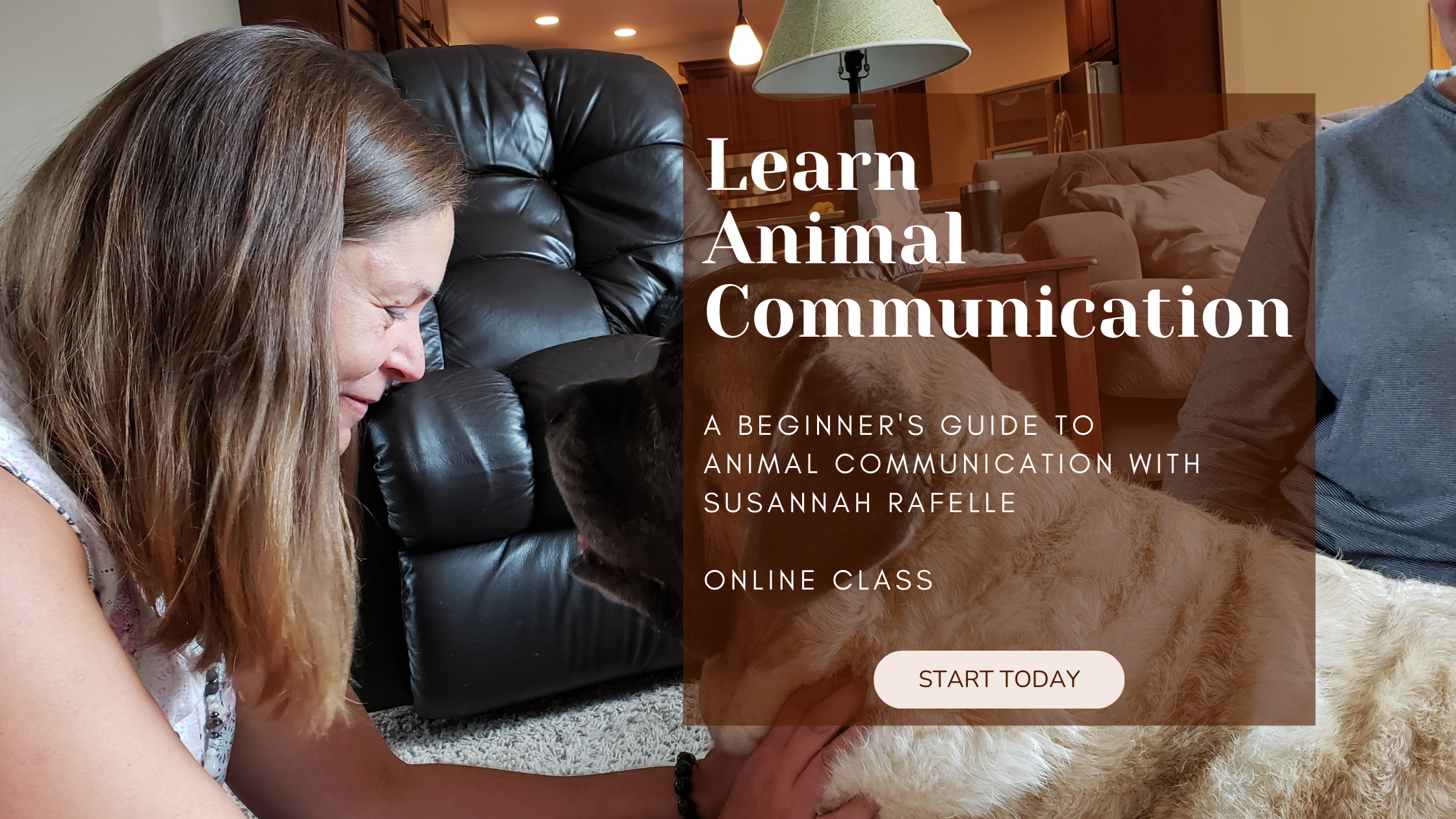Dog and Cat Separation Anxiety after the Covid-19 Pandemic Lockdowns. 3 Top Tips for you to try.
Sep 29, 2023
Dog and cat separation anxiety really seems to be on the increase and I’ve noticed that it’s become an issue affecting many families when they need to leave their dog or cat at home. In recent months, I’ve heard so many people speaking about their animals experiencing separation anxiety and how this seemed to start after the Covid-19 lockdowns. In this blog, I’ll be exploring why this could be and what you can do about it, including 3 top tips for you to try.
Almost everyone was impacted at that time, by the changes that happened because of the covid restrictions. Many people spent far more time at home with their families and their dogs and cats. For many animals this was quite a contrast to their normal daily lives where the family had been at work or school during the day.
You may have experienced big shifts in your own life during lockdowns; working from home, schooling children at home, isolating from friends and family and dealing with the new stresses that these changes introduced. All of these changes and the emotions you and your family experienced at that time, would have also impacted on the animals you share your home with. A change in your routines meant a change for your animal’s routines. If you experienced stress and emotional turmoil, your dog or cat would have picked up on that and you may have noticed changes in their behaviour during lockdowns, where they became more clingy or noise sensitive, for example.
For many animals, having their family at home and having extra time with them, was a wonderful bonus! You may have noticed some subtle changes in their behaviour at that time, but on the whole things seemed good. Separation anxiety seems to have manifested for the majority of animals, when things changed back to a more normal routine for their humans; when they returned to work, returned to school, starting socialising again and started going away on holiday. So many animals I know, seem to have been unsettled by this series of changes. The other thing to remember is that most of us were not able to smoothly transition into a return to “the norm” and may have experienced quite a lot of upheaval for a year or longer.
I’m also seeing many cases of separation anxiety in dogs and cats that came into new homes during lockdown. For those animals, their normal way of life would have been to have had their humans around for most of the time and they may simply not understand why there has been a change to you being out of the house during the day. Their world was you at home with them and they may well be struggling with this change.
So, what can you do if your dog or cat is showing signs of separation anxiety post-pandemic?
- Try to establish a routine for them now, even if this has proven tricky before and your routine has vanished since the upheaval of lockdowns and extended alterations to your “life before Covid”. Dogs and cats tend to love a routine and bringing in a regular mealtime, play time and walk or outdoor time can help to calm anxiety. I know that cats like to do their own thing most of the time(!) but you would be surprised how much they notice what time you eat, go to bed and wake up! Start with something simple like mealtimes, as this is very comforting for an animal, to know their food is coming at a regular time.
- Remember that your own anxiety can affect your dog or cat and it can be a bit of a cycle where they feel anxious when you leave them and so you feel anxious leaving them etc. Have a think about what would help you to feel less anxious when you leave your animal and what you think would help your dog or cat to be less anxious. Then take some empowered action on one of those things, with a view to adding more over time. Maybe to start with, someone could visit them during the day, for example? Every little step you take to help your anxiety or your animal’s anxiety can help to reduce the overall cycle of anxiety.
- Think about trying animal communication or healing as an option to soothe separation anxiety. As an animal communicator I have found that discussing how separation anxiety impacts on the whole family and on your dog or cat can be very helpful in finding your next steps. Hearing what your dog or cat has to say about why they are anxious and being able to send them messages of love and reassurance through an animal communication session can be a powerful way forward for you all. Healing, such as Reiki, which is very gentle and soothing or learning about the use of calming essential oils and herbs with dogs and cats, in an Applied Zoopharmacognosy session, are also popular choices.
There’s no need to wait! You can find some animal communication top tips to try today, in my blog “7 Easy animal communication tips for you to help your dog or cat with separation anxiety.”
If you’re struggling with how to help your dog or cat with separation anxiety, please feel that you can get in touch with me for a chat, by booking a free discovery call. An animal communication session is also a great place to start, so you can get to the bottom of why your animal feels so anxious. My online class "Easy Animal Communication for Anxious Animals" is specially designed to help a guardian to help their anxious animal to feel calmer. If you're going on holiday you may find the animal communication exercises in my holiday separation anxiety mini class helpful.
Join my newsletter today.
By signing up you will receive a fortnightly newsletter that includes special offers, new sessions and classes, top tips and advice direct to your inbox!
We collect personal data in line with our privacy policy, which can be viewed from the website menu and will not share or sell your personal information. You can unsubscribe at any time.



